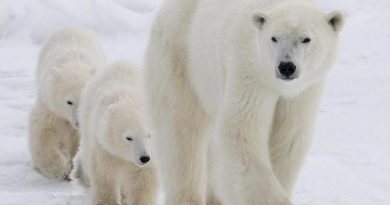Finland’s Darwin Dilemma: Who is Fit to Survive Climate Change?
There’s little question that climate change could mean the extinction of plants and animals that can’t adapt or escape the advance of a new environment.
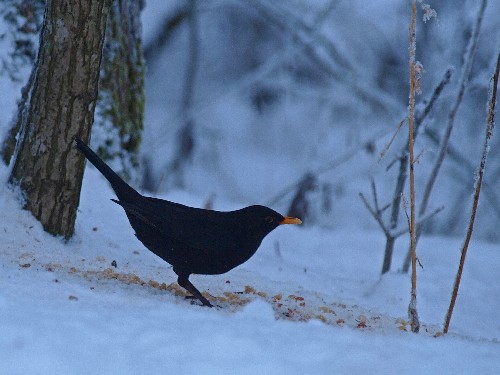 In Finland, experts are already spotting species from central Europe that are searching for more suitable weather conditions. However, as some species become marginalized, others will begin to thrive; providing both opportunities and threats to nature and agriculture.
In Finland, experts are already spotting species from central Europe that are searching for more suitable weather conditions. However, as some species become marginalized, others will begin to thrive; providing both opportunities and threats to nature and agriculture.
The Butterfly Invasion
Finland is becoming home to a new kind of immigrant: butterflies. On average, these colourfully-winged insects have moved their homes 60 km north in the past decade, according to Juha Pöyry, a researcher at the Finnish Environment Institute (SYKE). Around half a dozen butterfly species from southern Europe have colonized southern Finland as temperatures have heated up.
Butterflies aren’t the only newcomers making themselves comfortable in Finland. Birds are also moving their habitats more northward, and many are migrating to Finland earlier in the year to adapt to the warmer weather.
For a land that is used to harsh winters, higher temperatures could be a rather welcome change. In addition to new bird and butterfly species, some experts predict crop production will increase due to warmer temperatures. A longer growing season could lead to improvements in crop yield, boosting the Finnish economy.
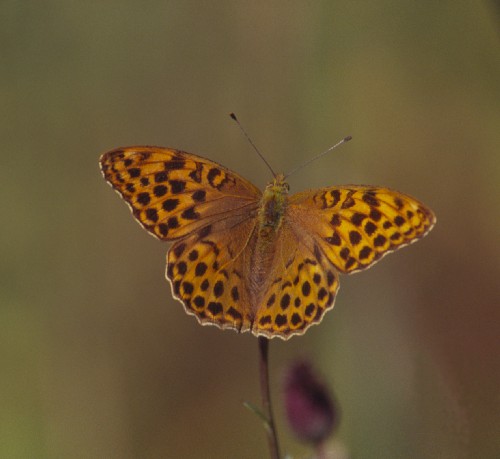 It seems global warming does have some advantages – at least for northern populations who are feeling the effects of climate change more rapidly than countries in southern and central Europe.
It seems global warming does have some advantages – at least for northern populations who are feeling the effects of climate change more rapidly than countries in southern and central Europe.
Some Species Losing a Turf War
Although some species are set to benefit from the warming climate, others will certainly suffer. Many butterflies that mainly live in Finnish Lapland, like the Dingy fritillary (Boloria improba) and Arctic grayling (Oeneis bore), are expected to lose suitable habitat in the future.
Endangered butterfly species are particularly at risk because appropriate habitats are often few and far between – making it difficult for them to migrate to new areas as temperatures rise.
Slight temperature changes could also have a big impact on new generations of animals. Esa Lehikoinen, who studies birds at the University of Turku in southwestern Finland, says many bird species are breeding earlier due to warmer weather. He adds that long-distance migratory birds in particular have had a difficult time adapting to Finland’s higher temperatures.
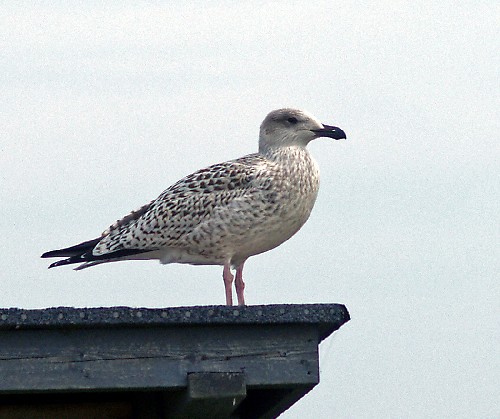 “If birds cannot follow the environmental changes, like timing animal or plant resources in spring, it may affect their breeding success,” says Lehikoinen.
“If birds cannot follow the environmental changes, like timing animal or plant resources in spring, it may affect their breeding success,” says Lehikoinen.
Insects too can face difficulties in the warmer climate. Kari Saikkonen, a scientist at the research institute MTT Agrifood Research Finland, says insects that hatch in early spring before their plant food source is available won’t survive.
Further complicating the situation is the uncertainty of how different species will interact and affect Finland’s native plants and animals.
A New Harvest – With Fresh Problems
Finland faces numerous challenges if it wants to become a leading crop producer. Warmer weather is by no means a silver bullet for larger harvests.
“In the 2000s, we have experienced elevated temperatures and in those conditions we got huge penalties, not improved yields,” says Pirjo Peltonen-Sainio, a crop expert at MTT Agrifood Research Finland.
One problem facing crops is nutrient leeching during warmer winters. And despite rainy winters, water has become scarcer.
“We are already suffering from drought. In the future, that will also be the case because most of the annual precipitation will fall in wintertime,” says Peltonen-Sainio.
In order to take advantage of the longer growing season, Finnish farmers will have to turn to crops that thrive in warmer weather. However, they will also have to withstand variable, and sometimes extreme, weather conditions.
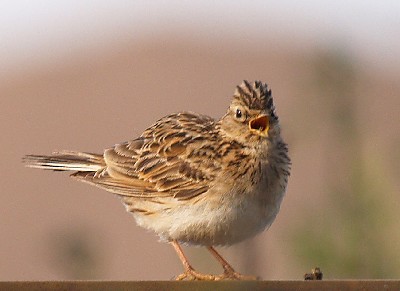 “Milder winters mean we will occasionally have mild winter days followed by freezing days. This means accumulated ice on plant surfaces which could be very detrimental for plants and animals,” says Saikkonen.
“Milder winters mean we will occasionally have mild winter days followed by freezing days. This means accumulated ice on plant surfaces which could be very detrimental for plants and animals,” says Saikkonen.
Although the weather is getting warmer, Finland will still have to contend with short days in the winter and long days in the summer – something plant breeders will need to consider for crops in the future.
Peltonen-Sainio says farmers will likely switch from their current spring-sown crops, like spring cereals, to winter wheat and leguminous crops bred for variable weather conditions.
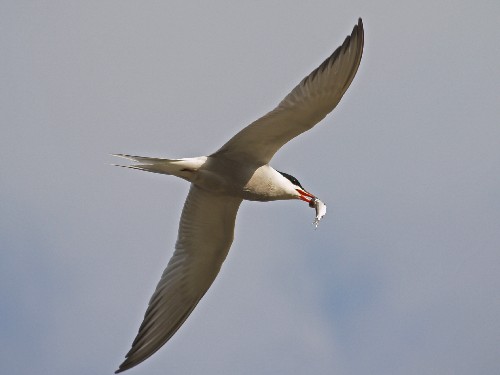 Meanwhile, warmer weather also opens the door for an invasion of pests and pathogens from the south.
Meanwhile, warmer weather also opens the door for an invasion of pests and pathogens from the south.
Making the Best of It
Despite the challenges, officials hope that Finland will be able to take advantage of global warming in crop production, while protecting indigenous species.
In 2003, the Finnish government began developing a national adaptation strategy to cope with the effects of climate change. Since then, officials from the various sectors have drawn up ambitious measures on issues like biodiversity, water resources, and crop yields. The strategy details the effects of global warming and outlines measures to be taken until the year 2080.
However, coming up with a comprehensive action plan hasn’t been easy.
“We have the feeling that we don’t have all the information we need. We need more research before we can put more measures to work,” says Birgitta Vainio-Mattila of the Ministry of Agriculture and Forestry, who is working on the adaptation strategy.
Experts are considering a variety of measures, such as new pesticides, to cope with the new, unfamiliar species, and land use restrictions to maintain biodiversity.
“Of course there are limits to what you can do. You cannot adapt to climate change entirely,” says Antti Irjala of the Ministry of the Environment.
Correction: This article is by Yle News, not Khady Beye as was previously bylined.

